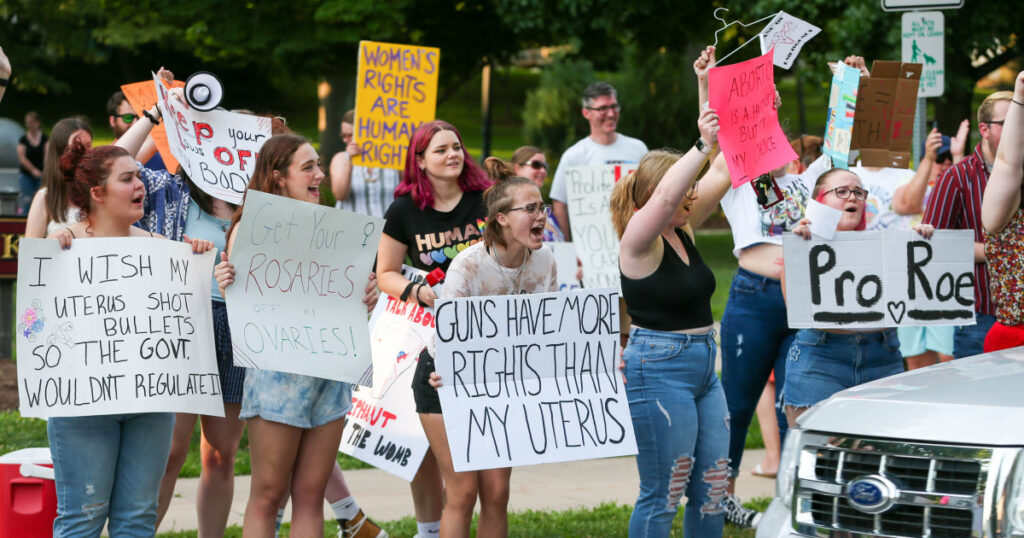On Monday, the Pennsylvania Supreme Court ordered a lower court to reconsider a challenge to the state’s decades-old ban on using Medicaid funds for abortions, except in cases of rape or incest. While the case goes back down to the trial court for now, the writing is on the wall for what the lower court must do, and the state Supreme Court’s reasoning has far wider implications. The majority opinion not only thoroughly rebutted the U.S. Supreme Court’s error-filled Dobbs decision overturning Roe v. Wade, it signaled a possible new path for reasserting abortion rights.
In 1973, the U.S. Supreme Court concluded that the right to an abortion was protected by the 14th Amendment’s due process clause, which the seven-justice majority read to include the right to privacy, which itself includes personal autonomy and the right to an abortion. But there was a road not taken by the court, perhaps a more obvious route to protecting abortion rights. Instead of finding that the right to an abortion is a “liberty” entitled to constitutional protection, the court could have concluded that abortion restrictions are tantamount to discrimination on the basis of sex. In this way, many restrictions on abortions would still violate the U.S. Constitution, but that violation would be based upon the equal protection clause instead of the due process clause.
Even hinting at an “equal protection” argument for abortion rights has obvious implications for other states and the federal government.
As I previously wrote, one case where the Supreme Court could have chosen this path involved an Air Force servicewoman represented by an attorney named Ruth Bader Ginsburg. The future justice believed that shielding abortion under the equal protection clause was the better path for protecting abortion rights. But though that case was initially accepted by the Supreme Court, the justices never heard arguments, and they ended up eschewing the equality theory in favor of the freedom…
Read the full article here





